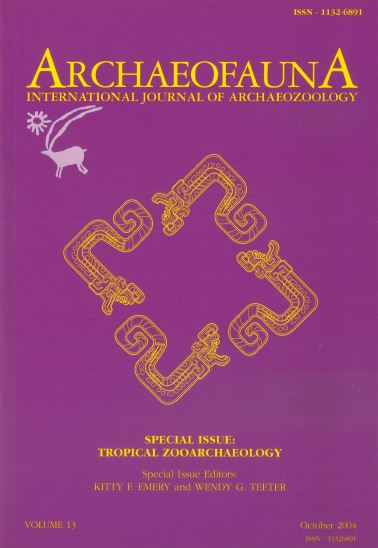Identification of Morphological Variation in the Humeri of Bornean Primates and Its Application to Zooarchaeology
Keywords:
PRIMATE, LANGURS, HUMERUS, MORPHOLOGY, NIAH CAVEAbstract
Species of primate are physiologically and behaviorally adapted to particular environmental and ecological conditions. As a result, the presence or absence and the structure of primate communities are useful indicators of temporal and spatial variations in climate and environment. Previous zooarchaeological studies that have focused on Bornean primates have been restricted to the identification and analyses of the mandibles, maxillae, and teeth. However, adaptation to different modes of locomotion by the various species of monkeys and apes that inhabit Borneo has resulted in recognizable differences in the structure and morphology of a number of post-cranial skeletal elements. This paper focuses on just one of these elements, the humerus. It describes some of the anatomical criteria identified in modern humeri that consistently vary among the different primate genera, and demonstrates how this information can be applied to the study of primate remains recovered from archaeological contexts.

